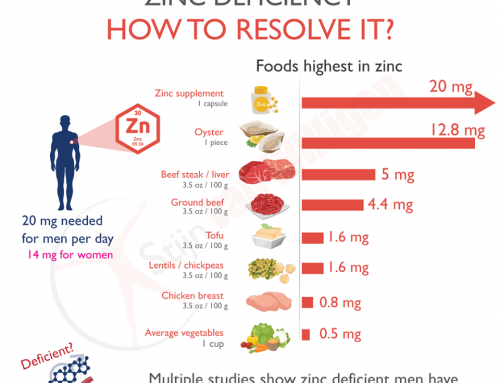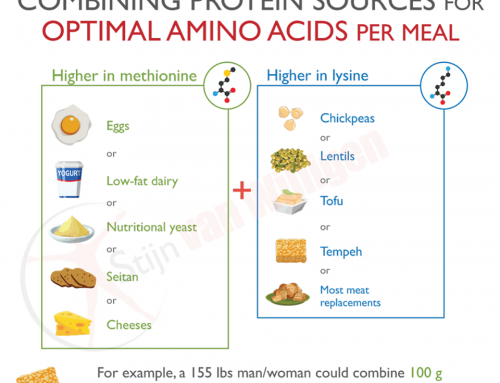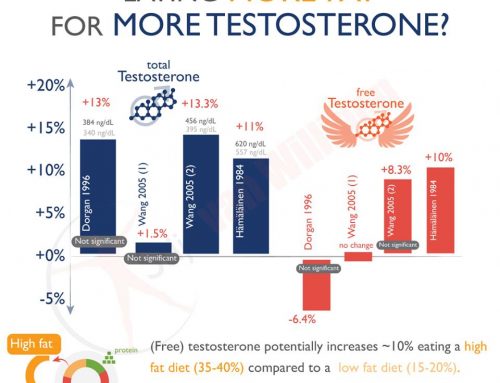What exactly is insulin sensitivity, and should you (or your clients) care?
Insulin tells body tissues – like muscle, fat, and the liver – to take up glucose from the blood (‘blood sugar’).
Basically, insulin particles act like keys to store glucose.
The higher your insulin sensitivity, the more key locks your tissues have that insulin (keys) can fit on.
The reverse is insulin resistance (low sensitivity): the body tissues have fewer key locks, and less blood sugar can enter. This similarly happens in diabetes type 2.
Glucose accumulates in the blood (chronic hyperglycemia), which triggers oxidative stress and overall inflammation, which can increase the risk of cardiovascular disease [Ormazabal 2018].
So what can you do to prevent insulin resistance and the potentially lethal consequences?
Scientific research says: lose body fat (if you’re overweight) [Kelley 2000].





Leave A Comment